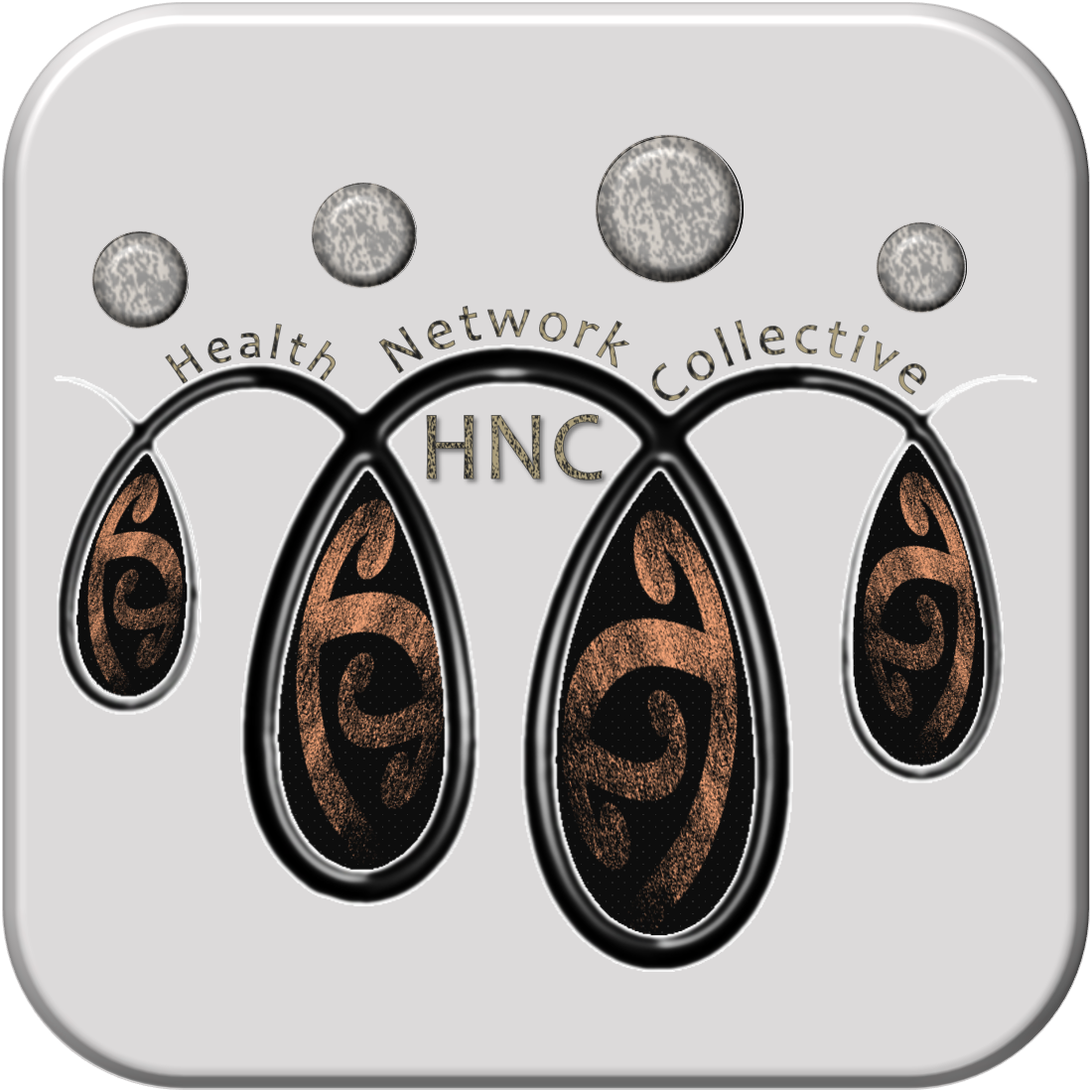This FAQ and information contained herein is for general information purpose only and is not intended for or to be used for diagnosis, treatment or any clinical use. Health Network Collective recommends seeking professional advice in the event any further advice or definitive qualified opinion is required.
Here’s some of the more common, and less common, frequently asked questions and answers. The info is based on researched and qualified materials resources and sites with references where needed. If there are any questions or information you would like to see included please do let us know by emailing us by clicking here.
Simply click on the broad category title below and it expands to reveal the sub questions, articles and news.
HCV infection can become complex in terms of identification, acknowledgement, and access to care. In the PWID population a distrust of authority and in particular healthcare services can become a barrier to appropriate cares. A New York based study (Muncan et al., 2020) found that of the respondents interviewed over seventy eight percent reported enacted occurrence of stigma with healthcare services and over fifty-nine percent described anticipated stigma. The same study found over sixty-two described positive experiences at peer led Needle Exchange Services (NEX). Another study conducted in California (Paquette et al., 2018) found PWID interacting with pharmacy and hospital based NEX services reported significant stigmatization with denials for service and delays in medical care or treatments common.
Perceived and enacted stigma with reluctance in trust of healthcare workers and systems amongst marginalized populations, such as PWID, mental health affected persons and low socio-economic populations (to a degree), creates disparity in access to health care for these populations. A 2016 study and research trial (Lazarus et al., 2016) using a community and peer led approach to POCT HIV testing demonstrated a high uptake of testing; specifically, amongst those who had not previously accessed testing. This proved invaluable towards modelling for upscale of general population testing, although the author has not identified further documentation supporting such initiatives occurring to scale.
From unpublished media research, in cohorts whose exposure risk behavior was as much as thirty – forty years previously, a significant number had a fear of disclosure or testing due to the perceived stigma, discrimination, and judgement of HCV with injected drug use. Of this cohort as much as fifty percent will remain undiagnosed and unaware of associated risk, of that fifty percent twenty to twenty-five percent will develop cirrhosis and three to five percent will progress to liver cancer and liver failure.
